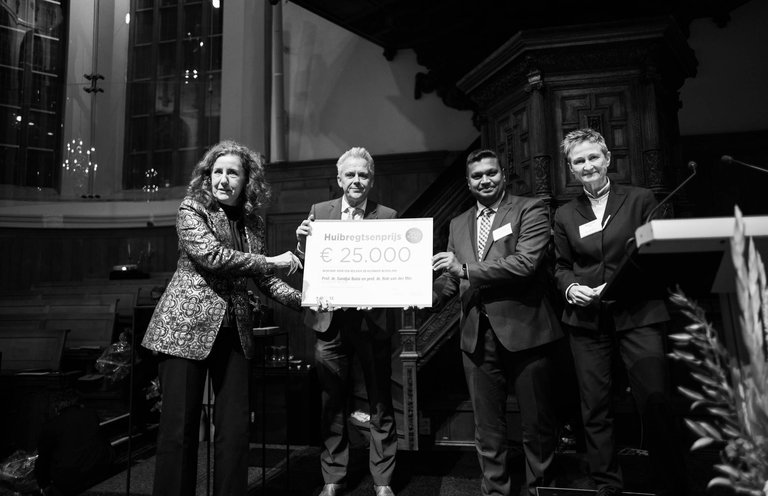CWI's Rob van der Mei (Centrum Wiskunde & Informatica/VU) and his research colleague VU professor of Business Analytics and Applied Mathematics Sandjai Bhulai have won the Huibregtsen Prize 2021 with their research project 'Mathematics for a safer and healthier Netherlands'.

Science can help save lives
"Among other things, we have developed methods and models that ensure that ambulances arrive on time more often. For us, it's not just about publishing in top scientific journals. Our work is primarily an example of how science can help save lives," says Rob van der Mei. According to the jury of the Huibregtsen Prize, Van der Mei and Bhulai deserve this recognition because they know how to combine scientific quality and innovation of their research with a special social value.
Rob van der Mei: When I obtained my doctorate in the mid-1990s, I was involved with post offices. Customers arrive there at random moments and each person needs a different amount of time. The question is then: how many counters are needed to get the average waiting time per customer, for example, below ten minutes? Later, the Internet and mobile networks emerged, raising similar issues. When and how long people call is a matter of chance. How many transmitter masts should be placed in which locations to ensure that the chance of someone not being able to make a phone call or use the Internet at a certain time is small enough?
More recently, we looked at ambulances. In life-threatening situations, they have to be on the scene within fifteen minutes. How do you ensure that as many ambulances as possible actually succeed in doing so? It is important to be able to predict to a certain extent where and when accidents will occur. We then do not automatically have ambulances drive back to their fixed location, but send them to a spot where the ambulance coverage is low at that moment. This way, they are already in the vicinity, should an accident happen. And this approach really works. During a pilot project, there were 30 per cent fewer cases where the ambulance had to wait longer than the prescribed 15 minutes. So you could say that mathematics saves lives.
